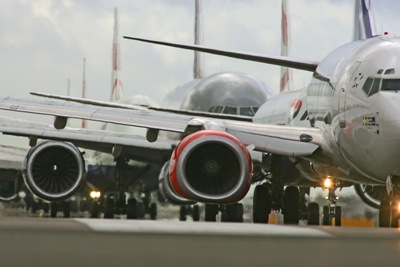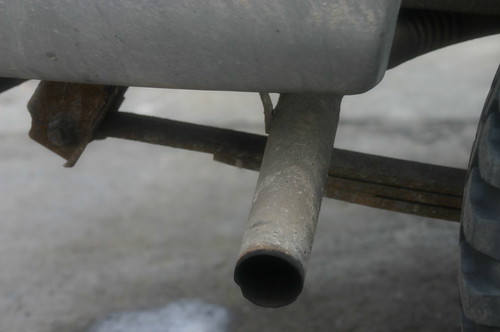US Air Force’s Hypersonic X-51A gets December launch date
(Source: Flight Global & USAF – WRIGHT-PATTERSON AIR FORCE BASE)
The US Air Force Research Laboratory is making final preparations for a four-flight scramjet test programme that it hopes will prove that achieving hypersonic thrust is more than “just luck”.

Image Courtesy: USAF - WRIGHT-PATTERSON AIR FORCE BASE. Staff Sgt. Jonathan Young with the 412th Maintenance Group prepares to upload the X-51A WaveRider hypersonic flight test vehicle to a B-52 for fit testing at Edwards Air Force Base on July 17. Two B-52 flights, one captive carriage and one dress rehearsal, are planned this fall prior to the X-51's first hypersonic scramjet flight over the Pacific Ocean scheduled in December. The Air Force Research Laboratory, DARPA, Pratt & Whitney Rocketdyne, and Boeing are partnering on the X-51A technology demonstrator program. (Air Force photo by Chad Bellay)
First flight of the expendable X-51A vehicle is set for December, with three subsequent 300s flights to follow at four- to six-week intervals, barring failures. The flights will examine scramjet performance in acceleration from Mach 4 to M6 after launch from the wing of a Boeing B-52H.
The $246.5 million, six-year programme is a year behind schedule, but carries high hopes for the hypersonics community. USAF X-51A programme manager Charlie Brink told the American Institute of Aeronautics and Astronautics’ 45th Joint Propulsion Conference in Denver: “We want more flight success to show [achieving hypersonic thrust] isn’t just luck. There is no plan for a follow-on programme [to X-51A]. It is a question of when not if, but [the hypersonics community] have to be successful.”

Image Courtesy: USAF - WRIGHT-PATTERSON AIR FORCE BASE. The X-51A WaveRider hypersonic flight test vehicle was uploaded to an Air Force Flight Test Center B-52 for fit testing at Edwards Air Force Base on July 17. Two B-52 flights, one captive carriage and one dress rehearsal, are planned this fall prior to the X-51's first hypersonic scramjet flight over the Pacific Ocean scheduled in December. The Air Force Research Laboratory, DARPA, Pratt & Whitney Rocketdyne, and Boeing are partnering on the X-51A technology demonstrator program. (Air Force photo by Chad Bellay)
During the flight test, currently planned Dec. 2, the Air Force Flight Test Center’s B-52 will carry the X-51A to 50,000 feet over the Pacific Ocean then release it. A solid rocket booster from an Army tactical missile system then will ignite and accelerate the X-51 to about Mach 4.5. Then, the supersonic combustion ramjet propulsion system will propel the vehicle for five minutes to more than Mach 6. Hypersonic combustion generates intense heat so routing of the engine’s own JP-7 fuel will help keep the engine at the desired operating temperature.
Engineers expect a great deal will be learned about hypersonic flight during the nearly 300 seconds under scramjet power. The longest-ever previous scramjet test, lasted only about 10 seconds, Brink said. As the engine ignites it will initially burn a mix of ethylene and JP-7 before switching exclusively to JP-7 fuel.
Click here to read the entire article.















